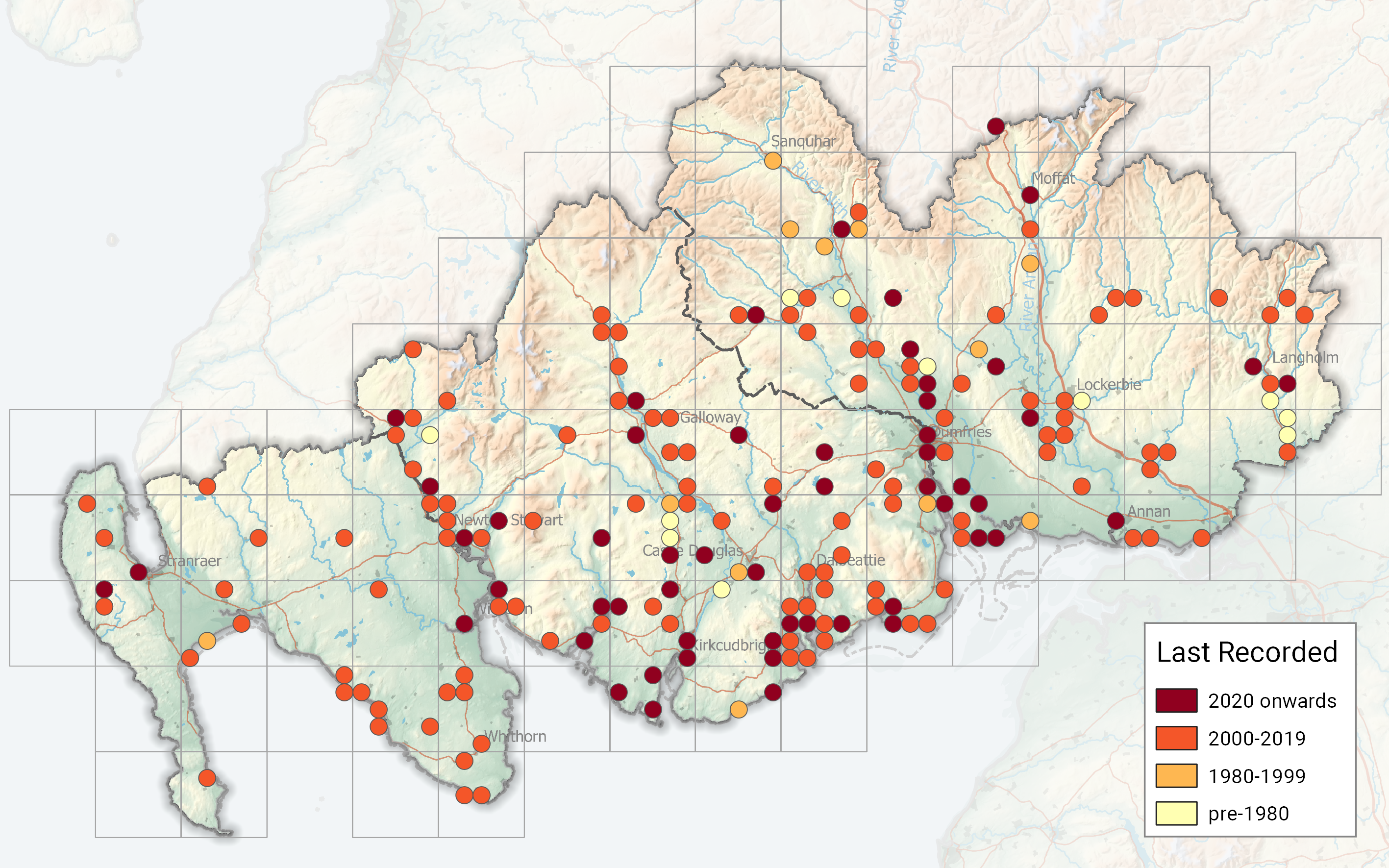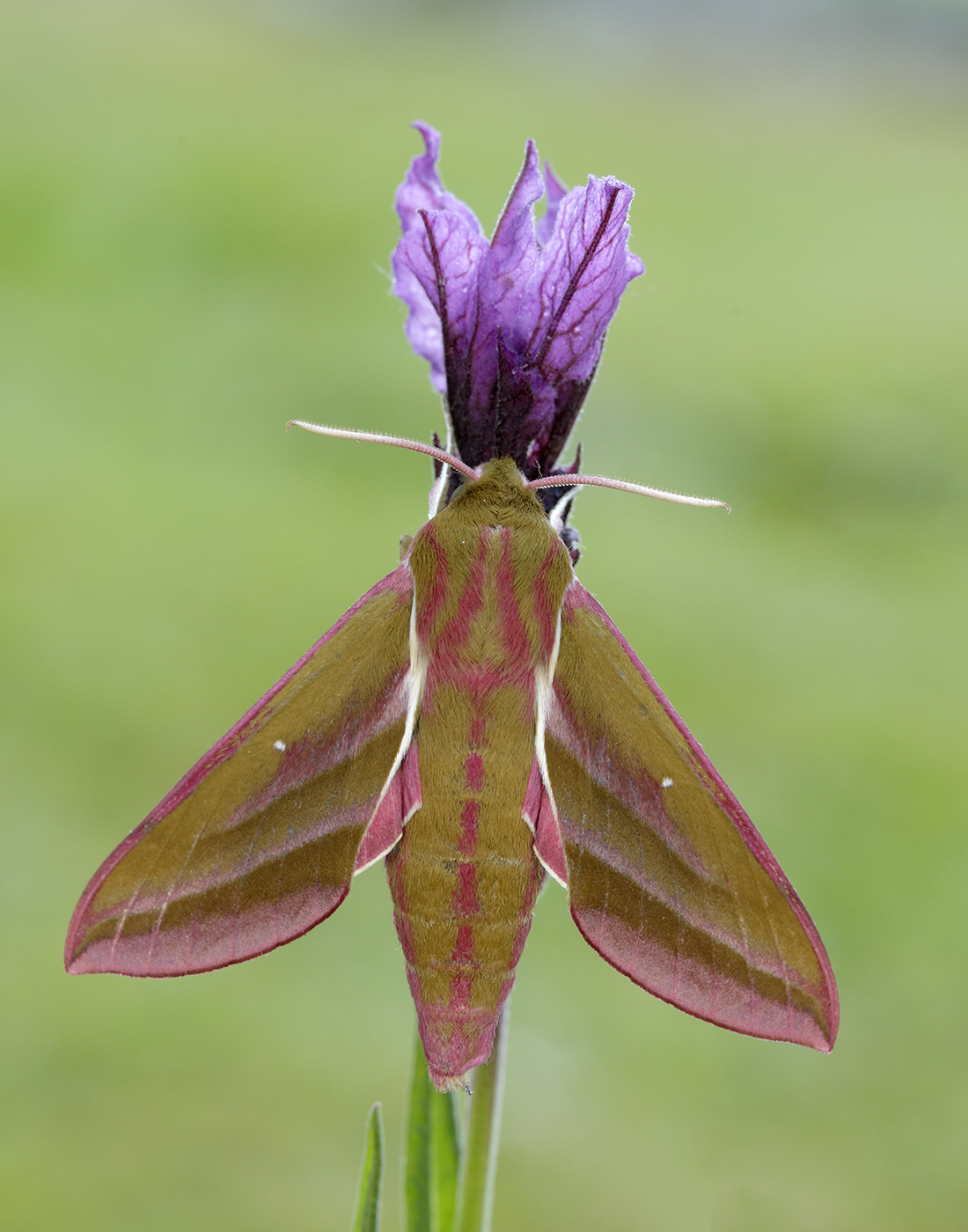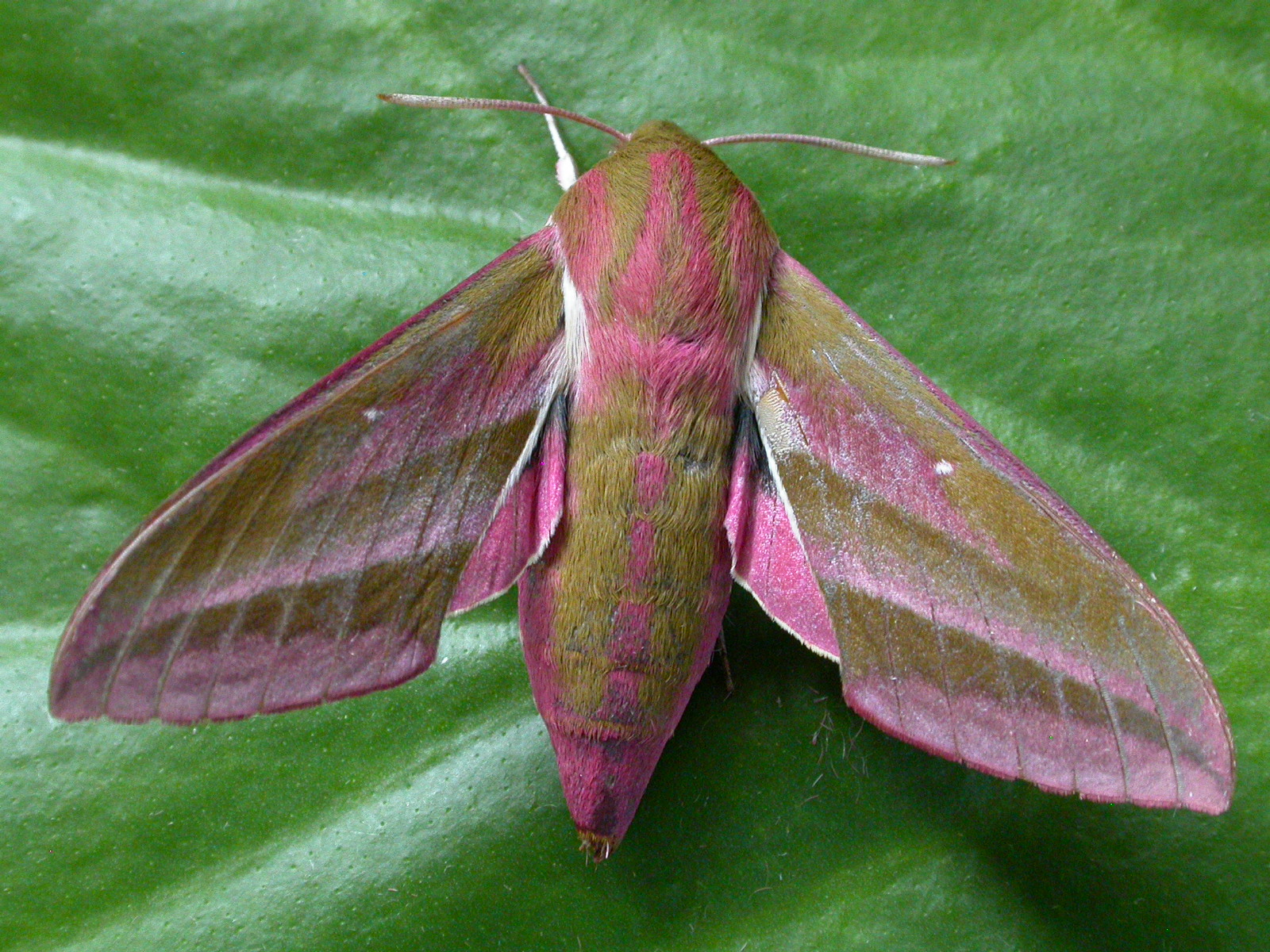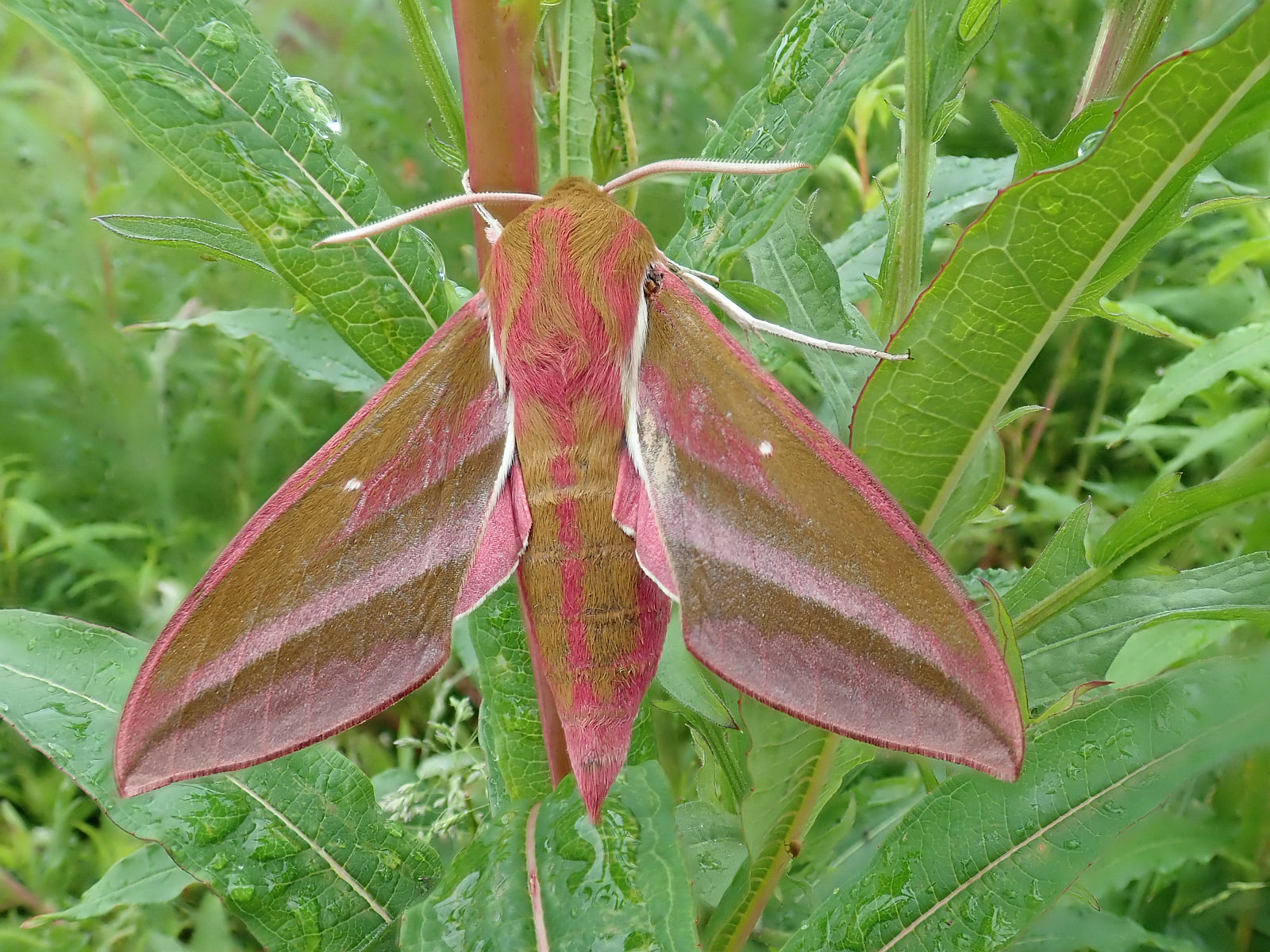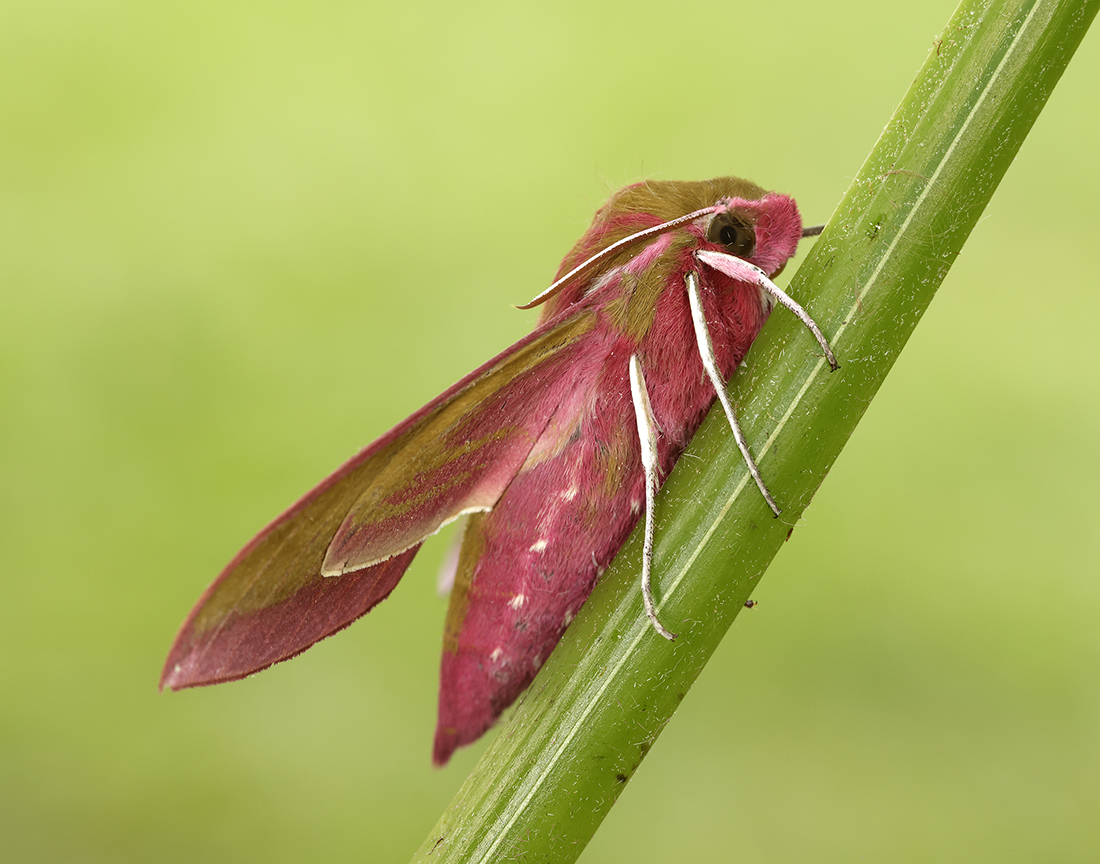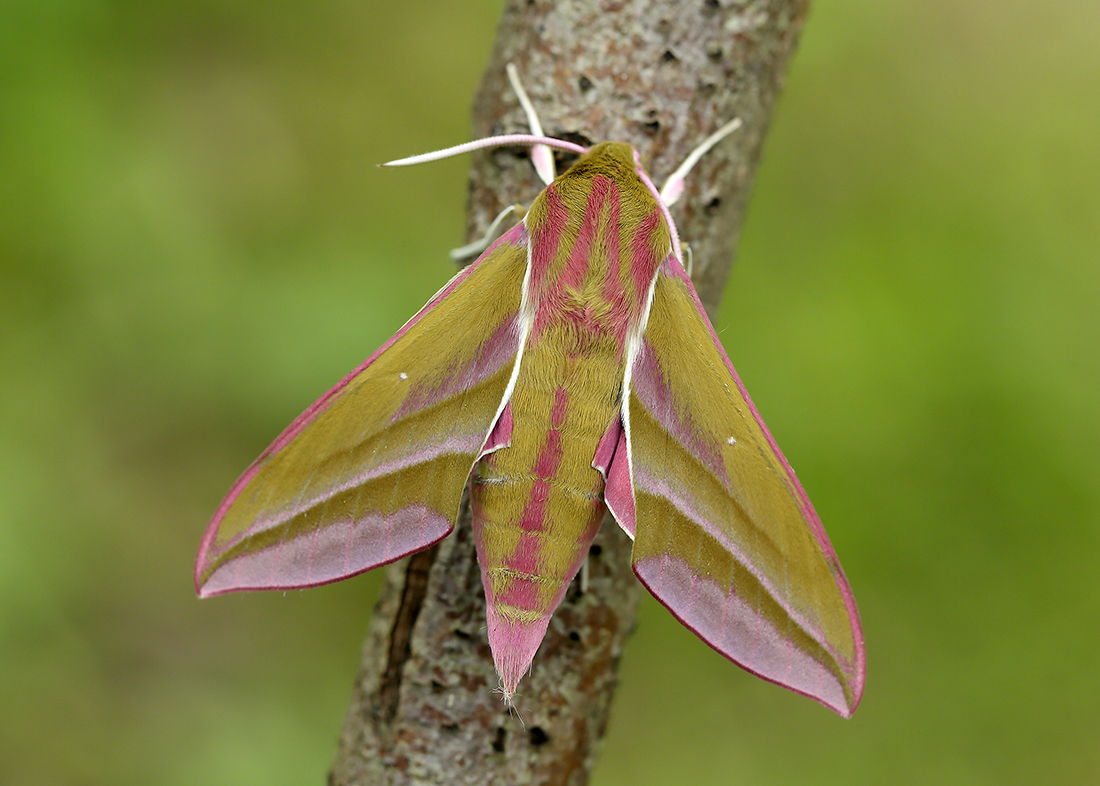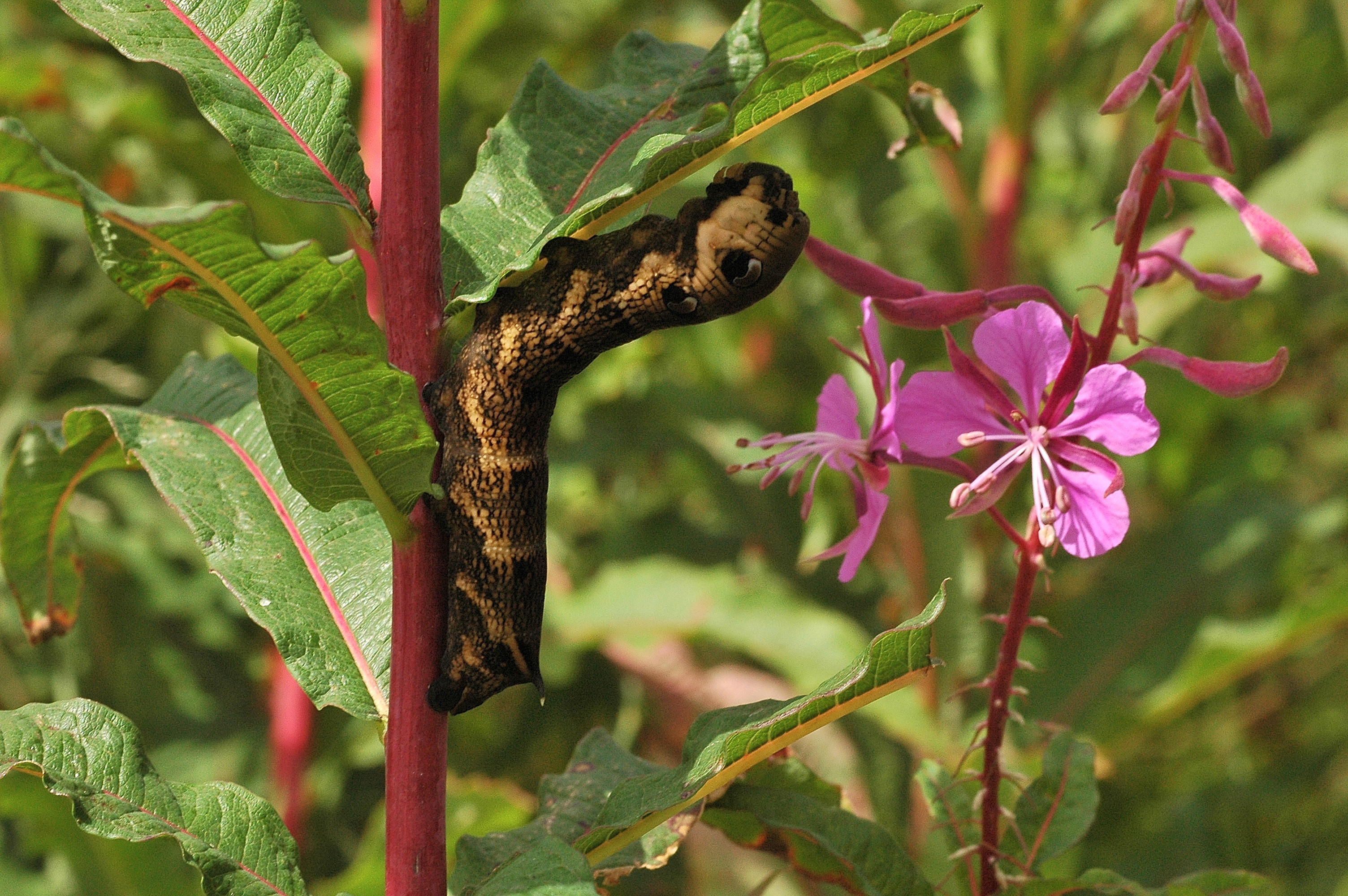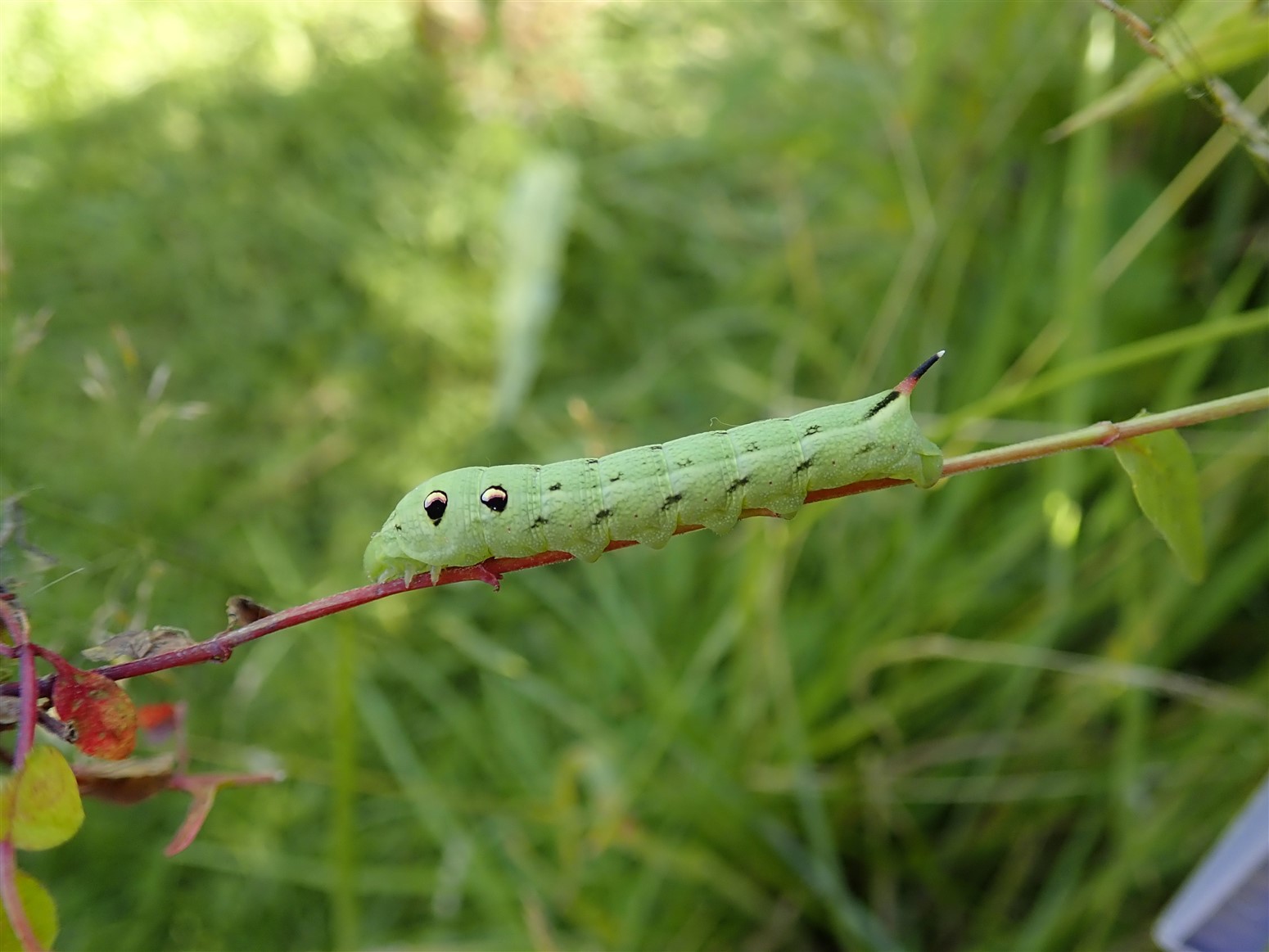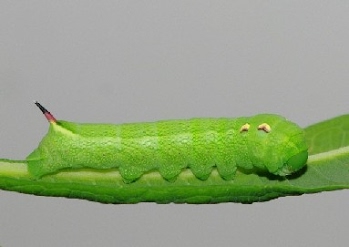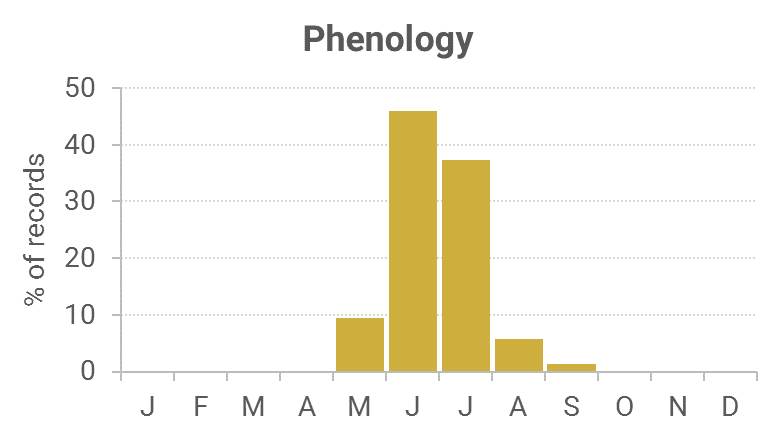Identification
Unmistakable.
Recording Method
Attracted to light.
Life cycle
One generation. Overwinters as a pupa. Larvae are present late June to September. Pupation taking place in a cocoon at ground level.
Larval foodplants
Willowherbs and bedstraws.
Habitat
A wide range of rough habitats that include the foodplant.
History
Lennon (1860) listed it as occurring near Dumfries without further detail but by (1863) he mentioned a record from near the Sandyknowe Tollbar, but found it uncommon. Sir Arthur Duncan (1909-84) during his lifetime had found it at Closeburn, Tynron and Castlehill, Dumfries (all VC72).
It next occurred at Whithorn (VC74) in 1969, with a further twenty four records during the 1970s, from a wide scattering of sites, with four of the records from two Rothamsted stations, Waterside Mains at Keir (VC72) with three, and a single at Bridge of Dee (VC73).
In the early 1980s regular trapping on the Hensol Estate found it to be common, with further records in 1989 from Torrs Warren (VC74). From 1990 to 2010, 340 records were amassed, mostly from the regular home trapping sites, but also from widely scattered other sites, proving it to be our second commonest Hawk-moth.

